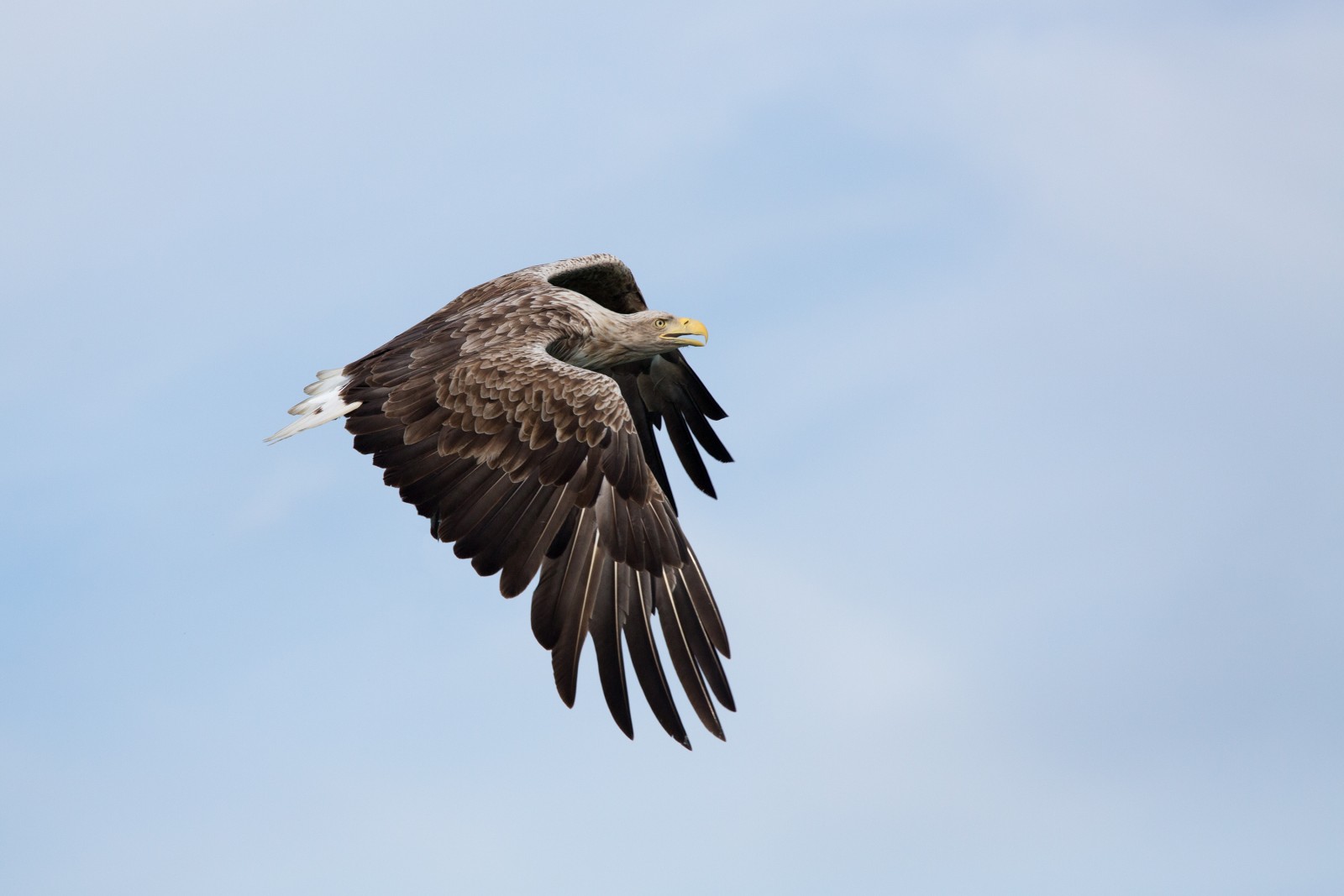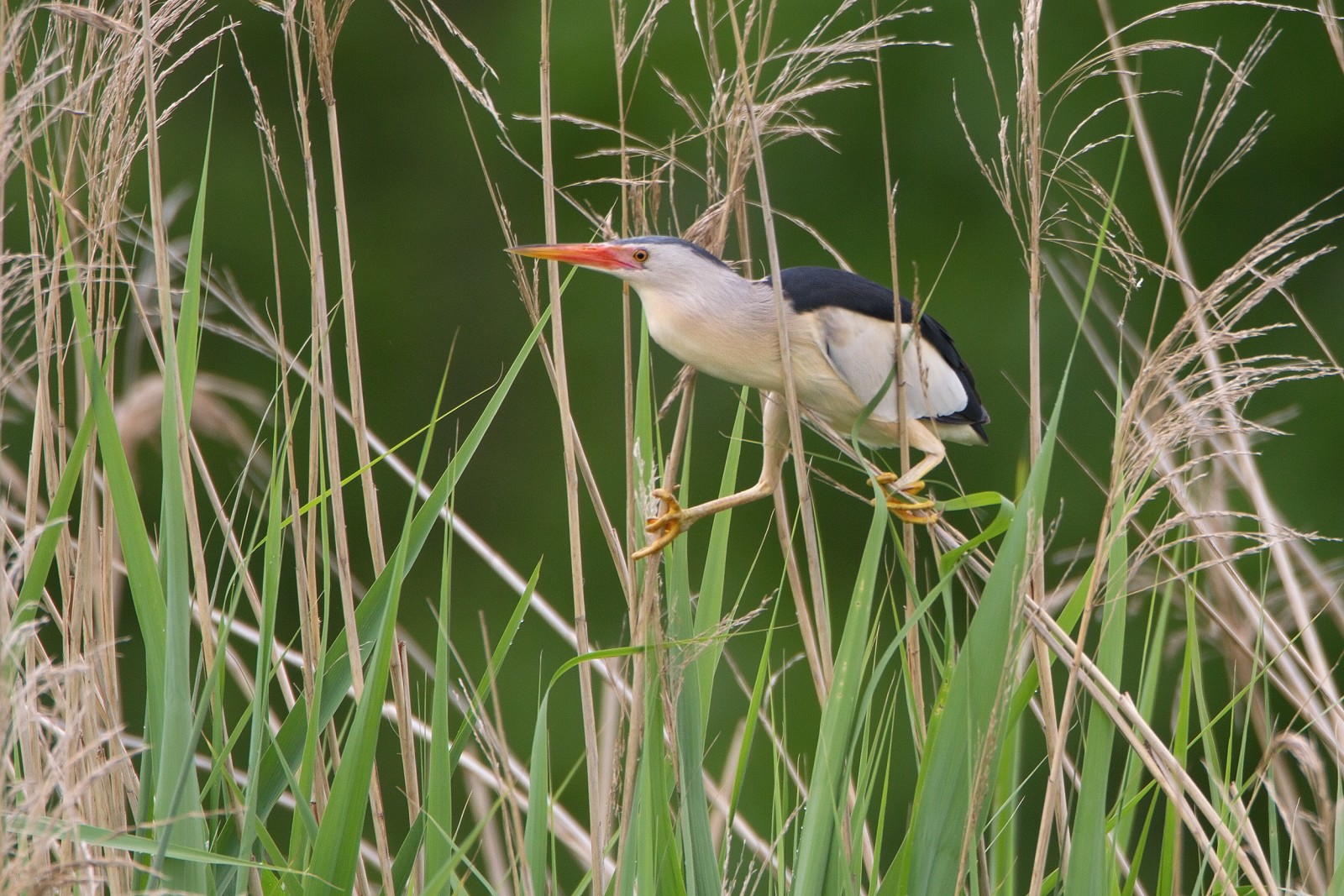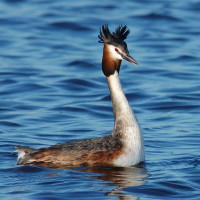Description
The city of Geras is traversed by a small stream which has been dammed multiple times for the construction of fish ponds. The old ponds are in different states of silting up and therefore provide diverse habitat for water-bound species. Besides a huge variety of migrants, the site features also a very diverse breeding bird community. Mature reed belts, open water, muddy flats, meadow orchards, wet pastures, nearly natural, old grown gardens and mixed forests support a number of species which can hardly be found elsewhere on such a limited space. Interesting breeding birds which can be observed more regularly are: Little Bittern, White Stork, European Honey-buzzard, White-tailed Eagle, Western Marsh Harrier, European Turtle Dove, Grey-headed Woodpecker, Grasshopper Warbler and River Warbler.
Apart from the breeding birds many different species of passage migrants can be observed, but that's highly dependent on the current environmental conditions. Especially when the water levels are low, a great number of waders can rest along the muddy banks. "Rarities" already detected are: Red-breasted Merganser, Great Bittern, Black-crowned Night Heron, Little Egret, Eurasian Oystercatcher, Jack Snipe and Citrine Wagtail.
From 2011 to 2022, at least 180 bird species could be observed in the municipality of Geras, most of them at or near the fish ponds. Nevertheless, the surrounding landscape also deserves a visit. As many other locations in "Waldviertel", the area is quite underbirded and therefore can provide suprises.
Details
Access
Access is most easy by car but also possible by public transport and bike (a "bigger" train station is approx. 8 km away). The "Langer Teich", the biggest pond, is a 20 min walk from the city center along a busy street so direct access by bike or car is recommended. The car can be parked at the junction from the main road. The dam holds a public dirt road but all other sides of the pond are private. Birding is possible from the dam itself but a scope is necessary. The southern bank however can be accessed by a footway, but an entry ticket for the local wildlife park is necessary. The smaller ponds at the "Stift Geras", an interesting monastery, are surrounded by public streets, so access is easy but disturbance is high. The ponds east of the city should be checked by scope from the public roads (see map). The direct access track is very difficult and on private land. For waterbird watching, evening is preferable over morning as the sun stands in your back at some locations.
The agricultural land around the city holds many dirt roads in good conditions and can be explored by foot, bike or car. The forests west of the city are private but can be entered BY FOOT for recreational purposes. There is a dense net of forestry tracks so you should stick to them in order to not disturb any wildlife.
Parking is no problem in most locations, but if you leave your car alone, make sure it is parked in a proper space. If you want to explore the area by foot, the parking lots at the monastery and at the entrance of the wildlife park are a good option.
Terrain and Habitat
Forest , Wetland , Plain , Mud flats , Agriculture , City/village , Reedbeds , Grassland , Scattered trees and bushesConditions
Flat , Hilly , Open landscape , WetCircular trail
YesIs a telescope useful?
Can be usefulGood birding season
All year roundBest time to visit
Spring migrationRoute
Paved road , Unpaved road , Wide pathDifficulty walking trail
Average walkAccessible by
Foot , Bicycle , CarBirdwatching hide / platform
YesExtra info
Latest sightings can be seen on www.ornitho.at, which is also recommended for submitting your personal sightings.




